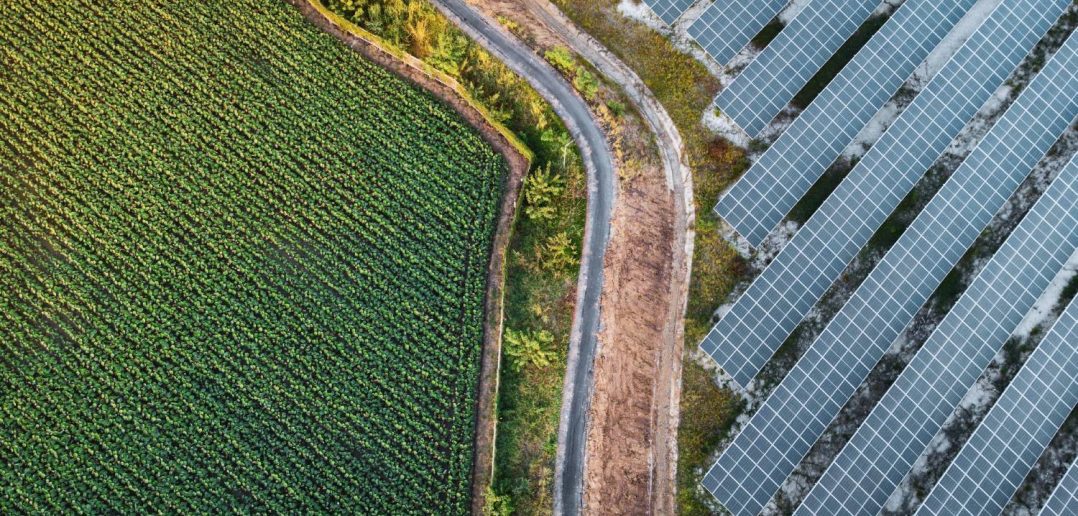Government regulations, technological advancements and improvements in energy forecasting are complex issues that require deep discussion.
Several pivotal thoughts were shared through a recent webinar dedicated to unraveling these complexities, shedding light on the nuances of the issues and their interconnectedness. Here are a few key takeaways from that discussion.
The variability of regulatory requirements
Across jurisdictions, regulatory requirements pose a multi-objective challenge for energy forecasters. While priorities differ, robust forecasting techniques remain important. Incorporating diverse objectives, available data and load profile influencers is crucial for utilities to adapt effectively.
However, ambitious federal plans add complexity, such as eliminating fossil generation by 2035 and achieving 80% renewable energy generation by 2030. Despite challenges, experts suggest multiple feasible paths toward these goals, emphasizing the importance of proactive adoption.
How will decarbonization affect this?
The World Resources Institute (WRI) outlines three decarbonization strategies: improving energy efficiency, shifting demand to electricity and transitioning to zero-carbon technologies. Each significantly alters the electric load profile. Efficiency upgrades decrease overall electricity usage while shifting demand reshapes the load profile.
Transitioning to zero-carbon technologies necessitates substantial investments in generation and storage. Forecasting becomes crucial due to uncertainties in adoption, penetration and resource reliability, especially with solar and wind.
Organizations must account for these impacts on load profiles, deciding between forecasting and optimizing operations. Predictive or prescriptive analytics play a vital role in this process, enabling informed decision making in the evolving energy industry.
Achieving ambitious electric vehicle goals
The electric vehicle (EV) adoption surge, driven by state mandates like those in New York and California, will profoundly impact utility forecasting and decision making. For instance, New York anticipates a sixfold increase in zero-emission vehicles (ZEVs) by 2025, with projections of 2 – 3 million statewide by 2030. Similarly, California mandates an electrification of new vehicle fleets, aiming for 100% electric sales by 2035.
Traditionally, electric utilities produce resource plans over 15-year or longer horizons to schedule new power plant additions and transmission and distribution lines. This equipment is expected to last some 40 to 50 years. However, with the accelerated growth in EV penetration, the impact will be much sooner. We may need accelerated plant and power line builds, and forecasting will play a critical role in that. We will need better accuracy because we will now be talking about huge investments early on.
This rapid growth requires reevaluating long-term resource planning with accelerated power plant and infrastructure investments. Forecasting accuracy becomes more important, considering the projected 30% load increase at 25% EV penetration. Operationally, utilities must adapt to EV charging dynamics since fast chargers demand substantial power.
Traditional time-of-use pricing models also require rethinking. Cars will be plugged in when people come home and stay plugged in through the night. If the rates are not properly designed, they can result in new peaks during the traditional off hours, defeating the purpose of time-based pricing.
Challenges of incorporating solar, wind and battery storage into the forecasting process
It’s challenging to forecast the impact of solar and wind energy.
For instance, solar generation is affected by factors like cloud cover and panel efficiency, while wind generation depends on variables like air density and terrain.
I did a quick search.
A 10 kW system will cost $19,180 or $2.75 per watt installed. That is the typical range; you get a solar installation company, and that is what you pay. There are other options. I went on Amazon. You get 1,000 watts at $1,359 – it is now $1.35/watt. Another 1,000 solar panel kit is actually $329. The point is this – solar panel costs have gone down and are still going down. We must have a good forecast of distributed energy resources (DER) to ensure sound investment decisions.
Short-term load forecasting encounters complexities with the variable nature of solar and wind. Solar generation is influenced by factors like cloud cover and panel efficiency, while wind generation depends on spatial and temporal variables like air density and terrain. These challenges prompt the use of enhanced sensor data and advanced forecasting models.
Battery storage integration is crucial, though optimization alongside dispatchable generation is preferred. Additionally, improving forecast accuracy requires metrics like Mean Absolute Error (MAE) and Symmetric Mean Absolute Percentage Error (sMAPE) for periods of no generation output.
Addressing DER forecasting involves using clean data sets and deep learning techniques for enhanced pattern recognition. Navigating these challenges requires foresight and strategic implementation of advanced forecasting methods.
How will the industry respond to cloud adoption and software as a service?
There are three main concerns hindering utilities' adoption of cloud technology. Firstly, there's the apprehension regarding data control, fearing access by competitors or security breaches. Secondly, organizations worry about data security, believing that external storage increases vulnerability to hacking. However, proponents argue against this notion. Lastly, there's an accounting issue: While capital expenses can be included in the rate base, operating expenses cannot.
The National Association of Regulatory Utility Commissioners (NARUC) suggests integrating software-as-a-service (SaaS) expenses into the rate base to overcome this hurdle. Notably, the New York Commission has allowed this since 2016, and the Illinois Commerce Commission is currently deliberating on this matter.
This approach aims to facilitate utilities' transition to cloud-based solutions while addressing concerns surrounding data control, security and financial accounting practices.
What are some of the advancements in short-term forecasting that will benefit the industry?
Short-term energy forecasting has seen significant advancements poised to revolutionize the industry, including:
- Deep learning: This involves training a computer to perform humanlike tasks, such as speech recognition, image identification and prediction making. It improves the ability to classify, recognize, detect and describe using data. The current interest in deep learning is due, in part, to the buzz surrounding AI.
- Transfer learning: Transfer learning facilitates the development of forecasting models by using pre-trained data from one region to inform predictions in another, reducing the need for extensive data collection.
Machine learning techniques have also streamlined the variable selection process, helping organizations create robust forecasting models in less time. Additionally, explorations into generative AI hold promise for further enhancing forecasting accuracy.
Other advancements in the industry include:
Probabilistic short-term forecasts
In addressing the volatility of electricity prices, researchers focus on probabilistic short-term forecasts to give traders confidence intervals for their decision making. Automation also plays a critical role in helping rapid model selection and forecast generation for hourly and daily dispatch and bid decisions. Much effort has been made to develop load forecasts, which are eventually used to predict electricity market prices.
There is much volatility in electricity prices, and there is ongoing research on probabilistic short-term forecasts to give traders a confidence interval in their electricity trades.
Operations integration for forecasting
Furthermore, efforts to integrate forecasting with monitoring and control systems aim to optimize operations by responding swiftly to weather variations and market dynamics.
These advancements enhance the accuracy and efficiency of short-term energy forecasting and pave the way for more informed decision making and resource optimization.
Going further
The webinar covered some fascinating topics, but we barely touched on the multiple aspects of the energy ecosphere actively evolving. Forecasters must keep up with shifts in government policies and global events, technological developments in energy production, transmission, and consumption, and continuing progress in the science of analytics. Keeping pace with these factors is crucial for accurate and insightful energy forecasting.
Utilities and smart cities need accurate, defensible and scalable forecasts to address the challenges of an evolving energy grid.

